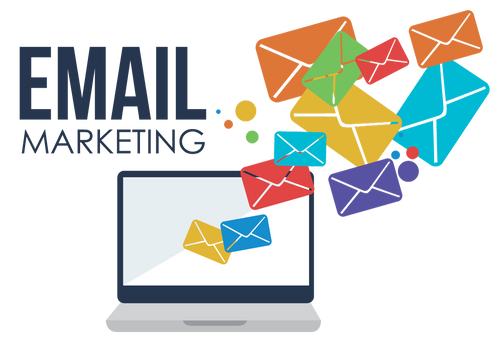In today's dynamic digital marketplace, email remains a powerful tool for businesses to communicate and engage with their audience. Yet, with the sheer volume of emails that inundate our inboxes daily, a generic "Hello, valued customer!" no longer cuts it. For your brand to truly stand out, you must harness the art of email personalization. Dive in with us as we unravel the secrets to mastering this art for a truly impactful email marketing campaign.
1. Understand the Power of First Names:
Using the recipient's first name isn't just a courteous gesture—it's a psychology-backed method to capture attention. When a person reads their name, it triggers a personal reaction, making the content seem tailored specifically for them.
2. Segmentation is Key:
Grouping your subscribers based on certain criteria ensures you deliver content that resonates. Segmentation can be based on:
- Purchasing behavior
- Geographical location
- Past interactions with your emails
- Interests and preferences
3. Utilize Behavioral Triggers:
Send emails based on user behavior, such as abandoned carts, recently viewed products, or content downloads. Such emails feel timely and relevant, often prompting users to take action.
4. Celebrate Special Occasions:
From birthdays to anniversaries to milestones in a user's journey with your brand, commemorating special days fosters a deeper emotional connection.
5. Dynamic Content for Dynamic Needs:
Use dynamic content blocks that adjust based on user data. For instance, an email could showcase winter coats to subscribers from colder regions and swimwear to those from tropical areas.
6. Test, Analyze, and Adjust:
Personalization requires constant fine-tuning. Run A/B tests on various elements of your emails, study open rates and click-through rates, and adjust your strategy based on the insights gathered.
7. Respect Boundaries and Privacy:
It's a thin line between personalization and intrusion. Always ensure you have the necessary permissions to use subscriber data. Inform them about how their data will be used and always provide an option for them to opt out.
8. Recommendation Engines:
Integrate recommendation algorithms to suggest products or content based on past user interactions. When a user sees something aligned with their interests, they're more likely to engage.
9. Personalize Your Call to Action (CTA):
Your CTA shouldn't be generic. For example, instead of "Shop Now", try "Discover Your Style" or "Find Your Next Adventure".
10. Keep Evolving with AI and Automation:
Leverage artificial intelligence and machine learning to predict future user behavior and continuously refine your email personalization tactics.
In Conclusion:
Mastering email personalization is more than just inserting the recipient's name into the email. It's about crafting a unique experience for each subscriber, making them feel valued and understood. As you dive deep into the world of personalized email marketing, remember it's a blend of art and science. By staying informed, testing relentlessly, and always prioritizing your subscribers' needs and preferences, you'll not only see improved metrics but also foster genuine, lasting relationships with your audience.



